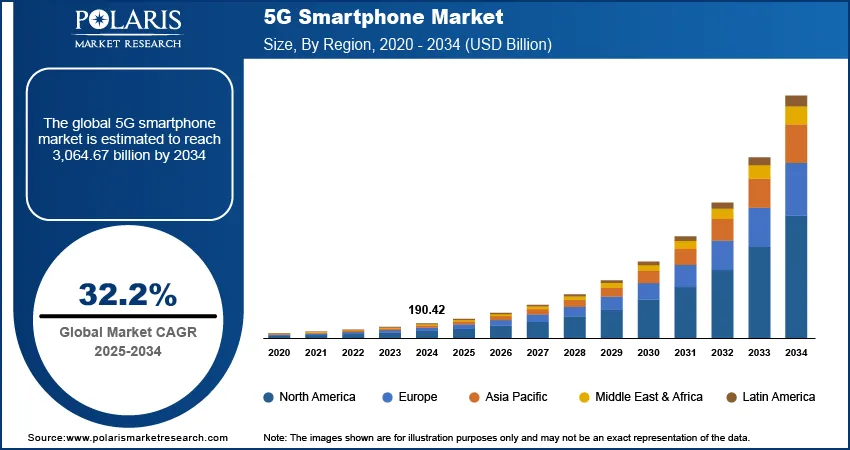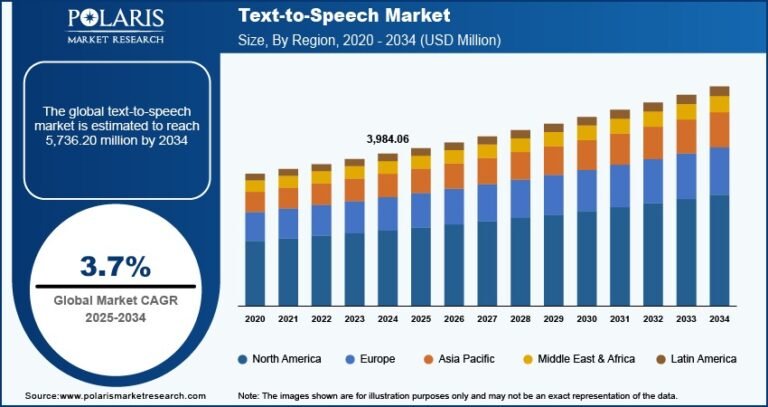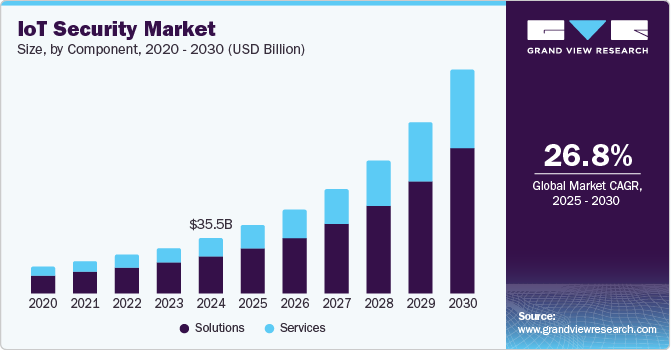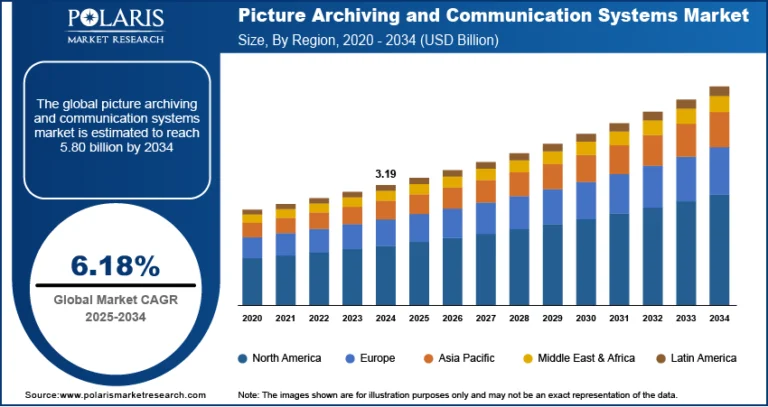5G Smartphone Market is projected to reach USD 3,064.67 billion by 2034, growing at a CAGR of 32.2%.

The 5G smartphone market was valued at USD 190.42 billion in 2024 and is poised for significant expansion. With a projected compound annual growth rate of 32.2%, the market is expected to reach USD 247.99 billion in 2025 and escalate to USD 3,064.67 billion by 2034.The growth of the 5G smartphone market is fueled by rapid technological innovations and rising consumer demand for high-speed, reliable connectivity.
5G Smartphone Market Trends & Insights
- Mass Adoption Across All Price Segments: With chipsets and network capabilities becoming more affordable, 5G smartphones are rapidly penetrating low and mid-range segments, accelerating global adoption beyond premium users.
- Proliferation of 5G Infrastructure: Governments and telecom providers are aggressively expanding 5G networks, which is directly influencing consumer demand for 5G-enabled smartphones across both developed and emerging economies.
- Innovation in Hardware & Software: Smartphone manufacturers are focusing on advanced camera systems, faster processors, and AI-driven features tailored for 5G capabilities, enhancing user experience and fueling replacement demand.
- Emerging Market Growth: Countries like India, Brazil, and Southeast Asian nations are witnessing a surge in demand for 5G devices as infrastructure rolls out and digital transformation intensifies across sectors.
Market Size & Forecast
- Market Size in 2025: USD 247.99 Billion
- Revenue Forecast for 2034: USD 3,064.67 Billion
- CAGR (2025–2034): 32.2%
𝐆𝐞𝐭 𝐄𝐱𝐜𝐥𝐮𝐬𝐢𝐯𝐞 𝐒𝐚𝐦𝐩𝐥𝐞 𝐏𝐚𝐠𝐞𝐬 𝐨𝐟 𝐓𝐡𝐢𝐬 𝐑𝐞𝐩𝐨𝐫𝐭:
https://www.polarismarketresearch.com/industry-analysis/5g-smartphone-market/request-for-sample
Market Overview
The 5G smartphone market is undergoing a transformative shift as high-speed connectivity becomes a global standard. Enhanced network capabilities are enabling superior streaming, gaming, and communication experiences, prompting a growing number of consumers to upgrade their devices. This evolution is supported by continuous innovations in mobile hardware and increased affordability of 5G chipsets, creating a vibrant, competitive landscape among smartphone OEMs.
In parallel, strategic partnerships between telecom operators and smartphone manufacturers are streamlining 5G adoption. As urban and rural regions alike experience improved 5G network penetration, demand is projected to surge significantly. Moreover, the enterprise and IoT applications of 5G technology are indirectly influencing consumer uptake by emphasizing the broader ecosystem advantages of 5G connectivity.






